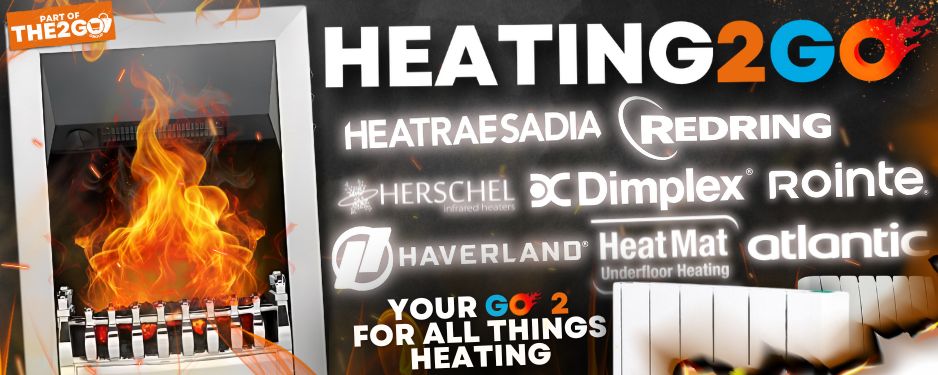M
mharries1
Hi and thanks for reading. I am from the electricians forum but try to be as helpful as possible, Chris Murphy can vouch for me!
I live in an old property. My walls are made from anything that was available be it beach pebble, cob, or stone. One corner of my living room is particularly cold, often 2-3 deg C cooler than the rest of the room. Some of this is down to the fact that I have cold walls (which I am able to take steps to improve but do not expect spectacular results), some of this is bound to be down to radiator positioning. I currently have two radiators, the main one has to be moved.
In this cold corner my wife wants / insists on a corner setee. As I do not have a true 90 deg corner I am having to make this myself and it will extend roughly 2.4m each way . The problem is that this is going to fully enclose a section of one wall which is particularly prone to condensation so, as a minimum, ventilation will be required. My design for the setee means that I will effectively have a 4" wide shelf running the whole length (approx 6" below cushion level and therefore not visible) in which I can place vents. However, to my mind, these vents will not be effective as there will be little reason for there to be any natural convection.
I am pretty certain that my reasoning so far will stand up to scrutiny but from now on I might be going off the rails!! I am thinking of bringing a flow and return down the corner, then running these on the surface under the setee and exiting out the side of the setee to a new radiator position on the coldest wall. My thinking being that the heat from the 15mm pipes will be enough to a) give me a little bit of ambient heat in this area and b) be enough to provide some natural convection when the ch is on. This will be supplemented by two computer case fans (one at each end of the setee) powered by tiny solar panels to give a trickle of air movement when the ch is not on.
When you have finished laughing, I would appreciate any constructive comments or different solutions to this problem.
I am thick skinned enough to take any ridicule coming my way!
It is a gas fired system boiler if this is relevant.
Many thanks,
Mike
I live in an old property. My walls are made from anything that was available be it beach pebble, cob, or stone. One corner of my living room is particularly cold, often 2-3 deg C cooler than the rest of the room. Some of this is down to the fact that I have cold walls (which I am able to take steps to improve but do not expect spectacular results), some of this is bound to be down to radiator positioning. I currently have two radiators, the main one has to be moved.
In this cold corner my wife wants / insists on a corner setee. As I do not have a true 90 deg corner I am having to make this myself and it will extend roughly 2.4m each way . The problem is that this is going to fully enclose a section of one wall which is particularly prone to condensation so, as a minimum, ventilation will be required. My design for the setee means that I will effectively have a 4" wide shelf running the whole length (approx 6" below cushion level and therefore not visible) in which I can place vents. However, to my mind, these vents will not be effective as there will be little reason for there to be any natural convection.
I am pretty certain that my reasoning so far will stand up to scrutiny but from now on I might be going off the rails!! I am thinking of bringing a flow and return down the corner, then running these on the surface under the setee and exiting out the side of the setee to a new radiator position on the coldest wall. My thinking being that the heat from the 15mm pipes will be enough to a) give me a little bit of ambient heat in this area and b) be enough to provide some natural convection when the ch is on. This will be supplemented by two computer case fans (one at each end of the setee) powered by tiny solar panels to give a trickle of air movement when the ch is not on.
When you have finished laughing, I would appreciate any constructive comments or different solutions to this problem.
I am thick skinned enough to take any ridicule coming my way!
It is a gas fired system boiler if this is relevant.
Many thanks,
Mike



